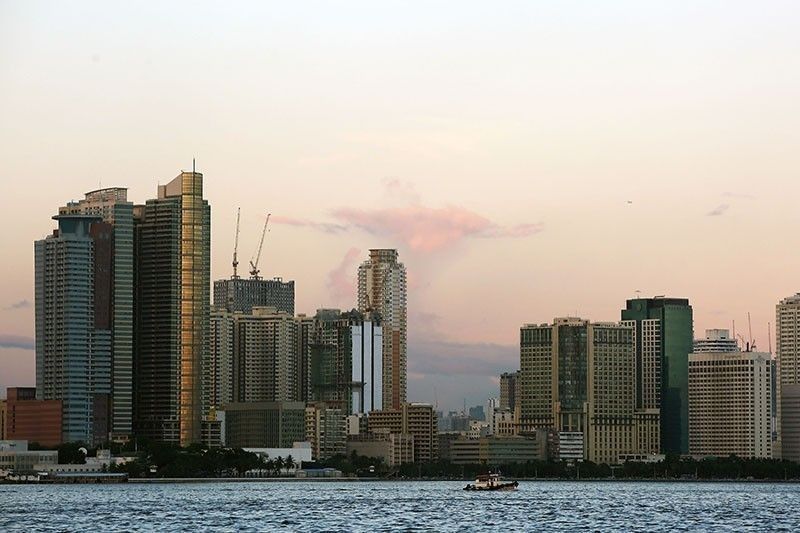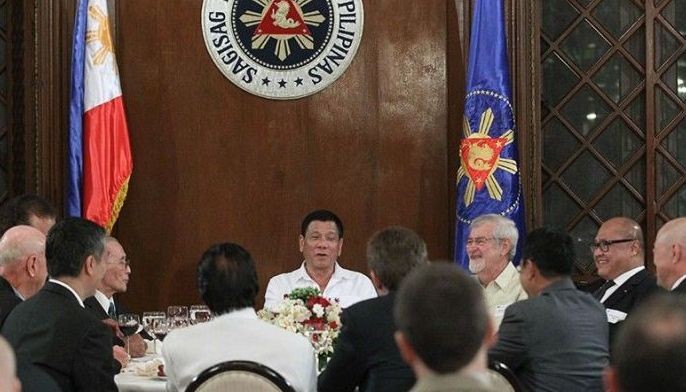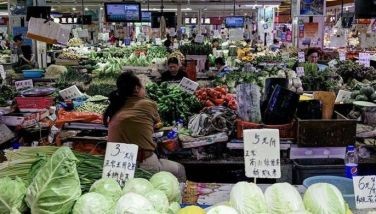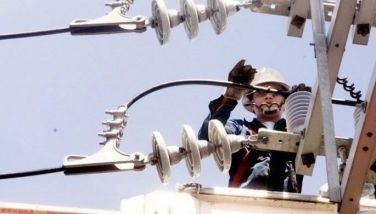Philippine investment climate has ‘improved’ but ‘constraints’ remain — US report

MANILA, Philippines — Overall investment climate in the Philippines has “improved” in the past decade, but challenges like caps on foreign ownership, poor infrastructure, corruption and red tape continue to fray investors’ nerves, the US State Department said in a new report.
In its 2019 Invest Climate Statement for the Philippines released Thursday, the State Department said the Southeast Asian country continues to experience high levels of net foreign direct investments even as inflows dipped in 2018.
However, FDI in the Philippines remains relatively low in the Association of Southeast Asian Nations, ranking fourth out of 10 Southeast Asian countries in terms of total FDI in 2018, the US said.
FDI net inflows totaled $9.802 billion in 2018 from $10.256 billion the preceding year, data from the Bangko Sentral ng Pilipinas showed. The outcome was below the central bank’s $10.4-billion forecast, mirroring the decrease in FDI globally in the past two years.
FDI pledges — which indicate future inflows — grew 69.2% to P178.97 billion last year from P105.75 billion in 2017, government data showed.
In the region, Singapore has been the top investment magnet since the 2008 global financial crisis, while the Philippines and Indonesia still get a relatively small chunk of inflows. The Philippines’ sovereign credit ratings remain investment grade.
According to Washington, the Philippines’ protectionist constitution that limits foreign ownership in several sectors of the economy continues to "constrain" investments. The charter bars foreigners from owning mass media companies and limits foreign ownership of public utilities to 40%.
Last year, Duterte signed Executive Order 65 promulgating his much-awaited foreign investment negative list that shows sectors where restrictions have eased, although some business leaders said the new list bares modest gains.
Foreign ownership caps cannot be all lifted administratively as several prohibitions need legislative action.
‘Working to address constraints’
In the same report, Washington also flagged poor infrastructure, high power costs, slow broadband connections, regulatory inconsistencies and corruption in the Philippines as “major disincentives” to investment.
Investors often describe the business registration process as slow and burdensome, the report also noted. Meanwhile, the Philippines’ “complex, slow, and sometimes corrupt” judicial system prevents the timely and fair resolution of commercial disputes, the US added.
While a tax reform bill seeking to reduce the corporate income tax would be positive for business investment, the State Department noted that some foreign investors have concerns about a possible reduction of investment incentives proposed in the measure.
“The Philippines is working to address investment constraints,” the US said.
“There are currently several pending pieces of legislation which would have a large impact on investment and unleash investment within the country,” it added. “Finally, the Philippines plans to spend about $180 billion through 2022 to upgrade its infrastructure through the Build, Build, Build program.”
- Latest
- Trending































